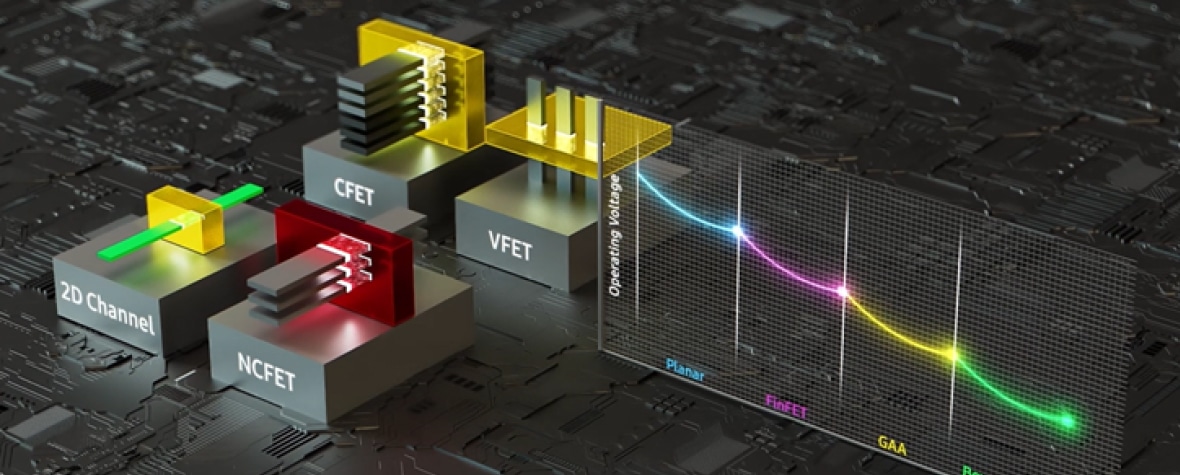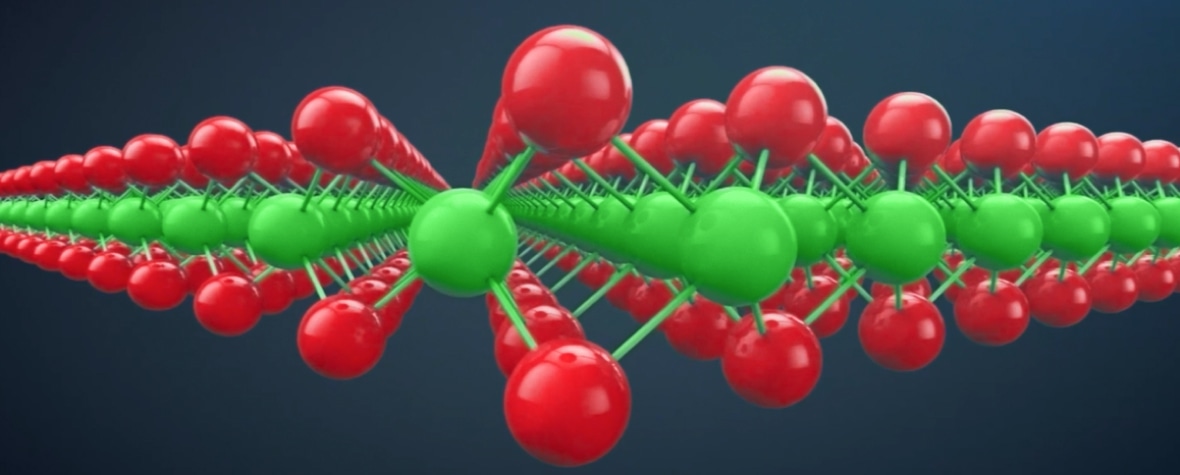
In semiconductor technology, innovative material solutions are essential to overcome the limitations of existing technologies. As next-generation memory and logic demand extreme scaling, traditional materials and methods often fall short in meeting performance, power, and scalability requirements. Innovative materials enable new approaches to transistor design, interconnects, and memory storage, driving the continued evolution of computing technologies. These materials not only improve the efficiency and capabilities of electronic devices, but also support the development of smaller, faster, and more energy-efficient components.

Current trends in semiconductor technology emphasize the integration of novel materials to achieve breakthroughs in device performance and scaling. Key materials such as high-k dielectrics, alternative metals, nonvolatile memory materials, beyond-Si-channel materials like oxide semiconductors, and two-dimensional (2D) materials are at the forefront of research and development. These materials are critical for the miniaturization of electronic components. Alongside these advancements, there is ongoing research on new device schemes that promise to revolutionize memory storage with higher speed and efficiency.

SAIT is a leader in the development and implementation of advanced material solutions in the semiconductor industry. Our innovative technologies address the challenges of extreme scaling by leveraging novel materials to enhance the performance and efficiency of next-generation memory and logic devices. SAIT‘s portfolio includes cutting-edge high-k dielectrics, advanced metals, non-volatile memory materials, and pioneering work in 2D materials that offer further scaling. We have established performance prediction models for new channel materials, interconnects, and dielectrics and explored the relationship between their structures and properties to maximize the performance of new materials. We also aim to reduce the risks associated with introducing new materials into semiconductor processes by establishing a new material introduction process and ensuring compatibility with current generation processes. SAIT is at the forefront of delivering solutions that enable the continued progress of Moore’s Law and the advancement of semiconductor technology.
